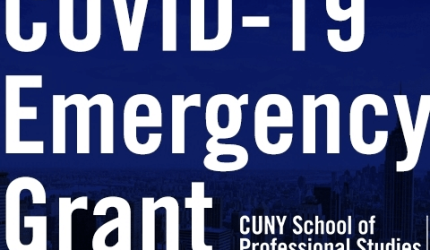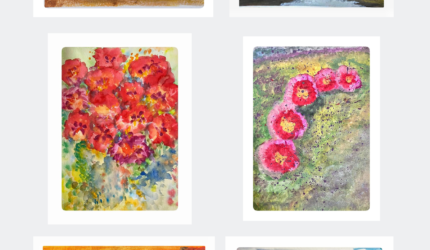
It would be quite satisfying to have a story in a publication. (Especially The Kiosk!) In the current semester, this Communication and Media major has taken it upon herself to enroll in Professor Sarah Jacobs’ Writing For Digital Media course. This guide is meant for all students who are interested in pitching to digital media.
“Well, different publications have very different expectations: one publication might like a snarky and sarcastic tone; another might want a very formal and impersonal style of reporting,” Jacobs said. “Truly understanding the aims of a publication, its audience, and the structure and scope of its content is paramount.”
Here are some of Jacobs’ suggestions.
1. Have Experience with Comparable Publications
This applies if a student is pitching a story based solely on an interview, but an editor would like to see experience with comparable publications before assigning the story.
2. Focus on the Message
If students were to pitch an op-ed, Jacobs reminds them to provide details of the message the article would give to readers (if the editor gives a thumbs up.)
3. Cite New Research
A pitch, also known as a query letter, is an outline that provides an idea and summary of a story. In an article on pitching featuring three sample pitches from The Write Life, Professor Jacobs expressed a liking for a specific pitch on winemaking and climate change, because it had a newsworthy topic that people haven’t heard of or thought about.
However, Jacobs said that the first sample pitch, on politics and social media, was the weakest due to an already common understanding that social media is an echo chamber, and the two weaker pitches could have been a lot stronger if they cited new research as evidence for the claims.
4. Making the Pitch Stand Out
Jacobs explained that what editors are looking for is a clear, concise summary of the main takeaway that readers will get from an article.
“What will readers know after reading the article that they didn’t know before?” Jacobs said. “Sometimes writers seem to think that it is enough to say, but the editor is looking for a pitch [that] stands out that respects the editor’s time and shows an understanding of the publication’s needs.”
5. Formatting Pitches
When considering a format, Jacobs said a pitch should include three parts: a moment in which the writer connects with the editor and/or publication in a meaningful/unique way, a synopsis of the proposed article, and a brief of the author’s background.
“It can be helpful to look for sample pitches online,” Jacobs said. “But writers should even more carefully study the target publication’s submission guidelines, sections, and recent articles.”
6. Tips to Avoid
Not every story that gets pitched to a publication will be greenlighted for a follow-up from an editor. The mistakes that beginner writers should avoid, Professor Jacobs said, include pitching an interesting story, but one that lacks anything new or newsworthy, and doesn’t have a sense of urgency. Professor Jacobs mentions an example of a writer who might want to write about the homeless families in New York City, but they may not have anything new to report.
However, Jacobs expressed the first mistake doesn’t apply to all publications; many outlets might be willing to consider ‘‘timeless’’ stories or ‘‘philosophical reflections.’’ Jacobs also claimed the second error that entry-level writers make is trying to cover too much ground in one article.
Another last fault that Jacobs discusses is on writers who might be tempted to use language like, “This is a great fit for your publication” or “a perfect topic for your readers.” “However, it is the editor’s place to judge whether the topic is a good fit,” Jacobs added. “So such language is rather superfluous and could be seen as disrespectful.”
7. Last Words: Adherence to the Reader
This is in favor of pitching a guide about a workshop or a class, particularly, Jacobs’ Writing For Digital Media. Talk about in the query how the story is viable for students taking the course as an elective and probably don’t want to become journalists, but could see the skills being useful in other fields and professions.





